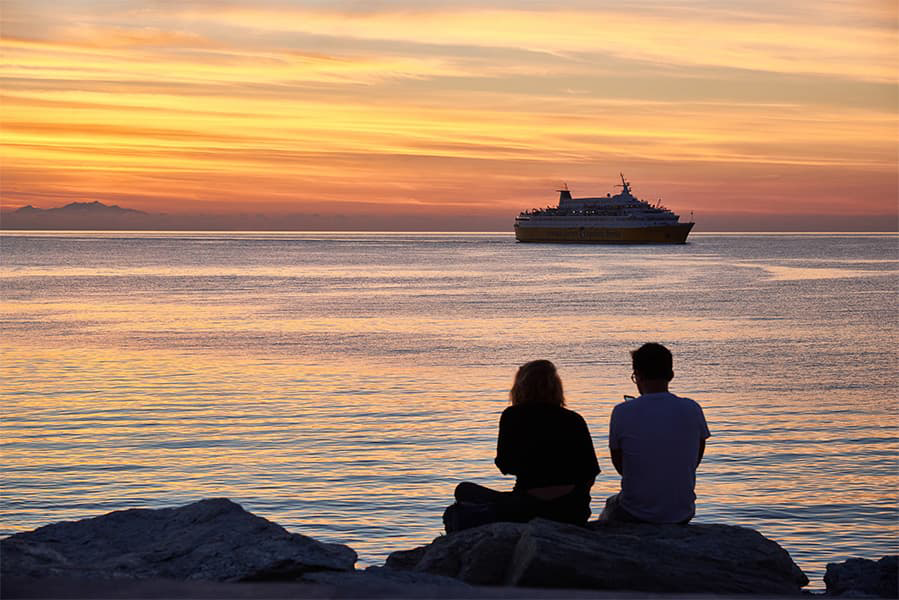Rodi Garganico - San Nicola (Tremiti)
Ferries to Tremiti Islands
Rodi Garganico - San Nicola (Tremiti)
Ferries to Tremiti Islands

The Rodi Garganico San Nicola ferry route connects Italy with Tremiti Islands. Currently there is just the 1 ferry company operating this ferry service, Navi Tremiti. The crossing operates up to 6 times each week with sailing durations from around 1 hour 15 minutes.
Rodi Garganico San Nicola sailing durations and frequency may vary from season to season so we’d advise doing a live check to get the most up to date information.
More routes than anyone else.

Compare fares, times & routes in one place.
Change plans easily with flexi tickets.

Book e-tickets & manage trips in-app.
Live ship tracking & real-time updates.

Top-rated customer support when you need it.
Rodi Garganico is a town in the province of Foggia, Apulia, south-eastern Italy. It is located in the Garfano National Park and is known as the holiday centre of Garganico. The town has a long history and has been inhabited since prehistoric times. However, there are mixed views on the origins of Rodi. According to 19th century historian Michelangelo Manicone, Rodi’s origins are connected to the Dauni ancient people, while others suggest is was the Greek colonists from Rhodes who founded the town. With a mild climate, picturesque landscape and clean clear sea, Rodi Garganico is now a popular seaside resort, offering several long sandy beaches on both the north and south sides of the town suitable for adults and children.
San Nicola is a small island of the Tremiti archipelago in the Adriatic Sea, north of the Gargano Peninsula. The island is the second largest of the 3 islands in Tremiti and the traditional administrative centre. San Nicola is a rough and rocky island with the charm of a real island and a coastline of 3.5 miles. As the administrative centre of the Tremiti Islands, San Nicola is the only one of the three islands with a village inhabited all-year-round. The island also has a town hall, a post office and a first-aid station. The island also has a rich history and was first inhabited in the second millennium B.C.. Its past can still be seen in the remains of the castle, the abbey and the fortified citadel.